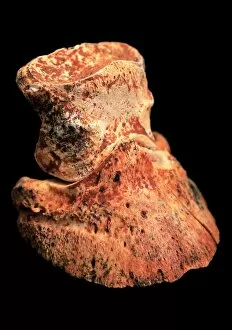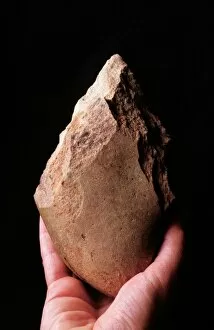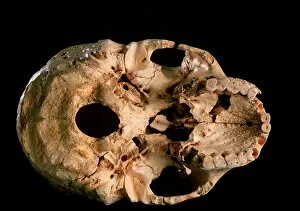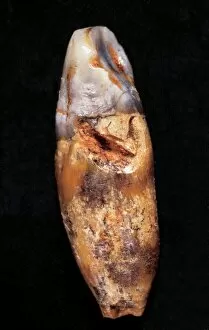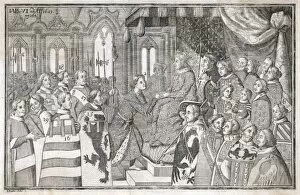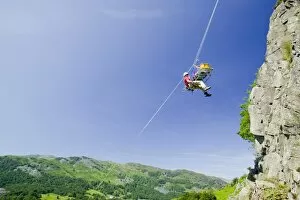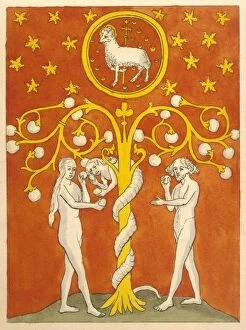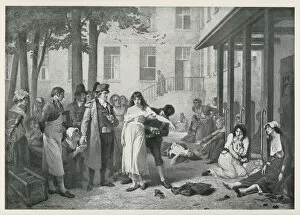Humanity Collection (#15)
"Exploring the Depths of Humanity: From Art to War, Unity Prevails" In a world filled with diverse perspectives and experiences
For sale as Licensed Images
Choose your image, Select your licence and Download the media
"Exploring the Depths of Humanity: From Art to War, Unity Prevails" In a world filled with diverse perspectives and experiences, humanity stands as the common thread that binds us all together, and is beautifully depicted in various forms throughout history - from captivating artworks like "The Workers May-Pole" and "The Garden of Earthly Delights, " which symbolize our collective aspirations for equality and freedom. Yet, humanity's journey has not been without its challenges. The haunting image of Mrs. Ples' skull reminds us of our mortality and the fragility of life itself. However, it also serves as a reminder that we are part of something greater - a union in the interest of civilization and progress. Art continues to be an instrument through which we explore profound truths about ourselves. Rembrandt van Rhijn's masterpiece, "The Parable of the Rich Fool, " urges us to reflect on greed and materialism while Lucas van Doetechum's "The Parable of the Talents" encourages us to embrace our unique gifts for the betterment of society. As we delve into history, even scientific discoveries shed light on what it means to be human. The artwork depicting four apes highlights our evolutionary connection with other species, emphasizing empathy as an essential trait that defines our humanity. However, there have been moments when humanity has faced grave challenges head-on. In times like World War I, nations united under a shared purpose - saving humanity from tyranny and oppression. This act exemplifies both courage and sacrifice in defense of universal values. Beyond earthly boundaries lies a vast universe waiting to be explored hand-in-hand with our innate curiosity about who we are as humans within this cosmic tapestry. Artworks capturing this relationship between humanity and the universe inspire awe-inspiring contemplation about our place in existence. Moreover, compassion knows no borders or limitations; it transcends language barriers or cultural differences altogether.


